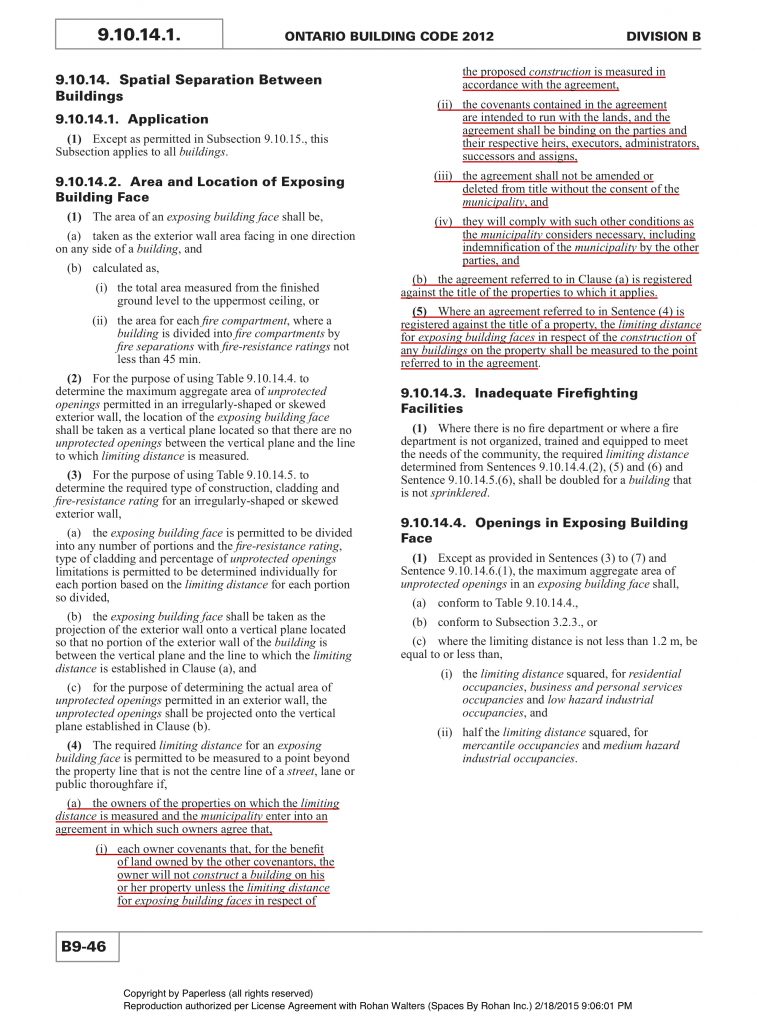
The covenants, sometimes called warranties, implied in a grant deed include:

To simply convey any interest in real estate without an assurance the individual holds that interest conveyed, a quitclaim deed is used. Thus, to convey real estate with covenants relating to the interest conveyed, a grant deed is used. The words used to convey property are evidence of the future role the individual conveying title undertakes after the deed has been signed and delivered. A quitclaim deed can also be used in lieu of a grant deed to pass fee simple in the described real estate. The word “grant” contained in the conveyance provision in a grant deed indicates the conveyance of a fee simple interest to another individual, unless the deed states a lesser interest is conveyed.Ī quitclaim deed customarily uses the words “remise,” “release” or “quitclaim,” but does not contain the word “grant.” However, only the word “quitclaim” needs to be used to convey all interest held in the property by the grantor.Ī quitclaim deed conveys only the grantor’s interest in a property, if any exists. No other precise words of conveyance are necessary in a deed to convey a fee simple ownership. To pass a fee simple interest in real estate, only the word “grant” needs to be used in the conveyance. The two types of deeds commonly used to convey a real estate interest are: A quitclaim deed does not contain or carry with it the implied covenants of warranty of title and warranty against encumbrances created during the grantor’s period of ownership. To avoid the exposure to liability imposed by the implied covenants in the grant deed, the spouse should have signed a quitclaim deed to either the seller or the buyer. Since the spouse voluntarily participated as a grantor in the conveyance and did not enter into the conveyance through mistake or fraud, the spouse as a grantor breached the implied covenant against further encumbrances by failing to state the property was subject to the lease. Yes! The covenants implied in a grant deed impose a personal obligation on each grantor, whether or not the grantor has an interest in the real estate described in the grant deed delivered to the buyer. Is the spouse liable for the breach of the implied covenant against further encumbrances since the grant deed was signed by the spouse as a grantor? The seller’s spouse who joined in the conveyance claims a spouse cannot be held liable for the breach of the covenant against further encumbrances when the spouse never had an interest in the property to convey, and that the buyer’s only remedy is against the deceased seller.

The implied covenant warrants the grantor has not encumbered title to the property in any manner, such as creating a lease which was not included as a condition of title in the purchase agreement. The buyer now seeks to collect his tenant relocation expenses from the seller’s spouse for breach of the implied covenant in the grant deed signed by the spouse.

Meanwhile, the seller dies but is survived by the spouse who joined in the conveyance. As a result, the buyer incurs money losses to relocate the tenant. The spouse signs the grant deed for the sole purpose of releasing any community property interest possibly acquired as a result of the marriage - even though the spouse acquired no interest in the real estate, as reflected by the record title.Īfter closing, the buyer of the property discovers a tenant who holds a lease which was not agreed to in the purchase agreement as a condition to title nor referenced in the grant deed. Real estate solely owned as separate property by a married individual is sold.īefore issuing a title insurance policy to insure the conveyance of marketable title to the property against any potential community property claim of the seller’s spouse, the title insurance company requests that the spouse join in the grant deed by signing it as the spouse of the grantor. This article discusses the two most common types of deeds used to convey property interests and their characteristics.


 0 kommentar(er)
0 kommentar(er)
